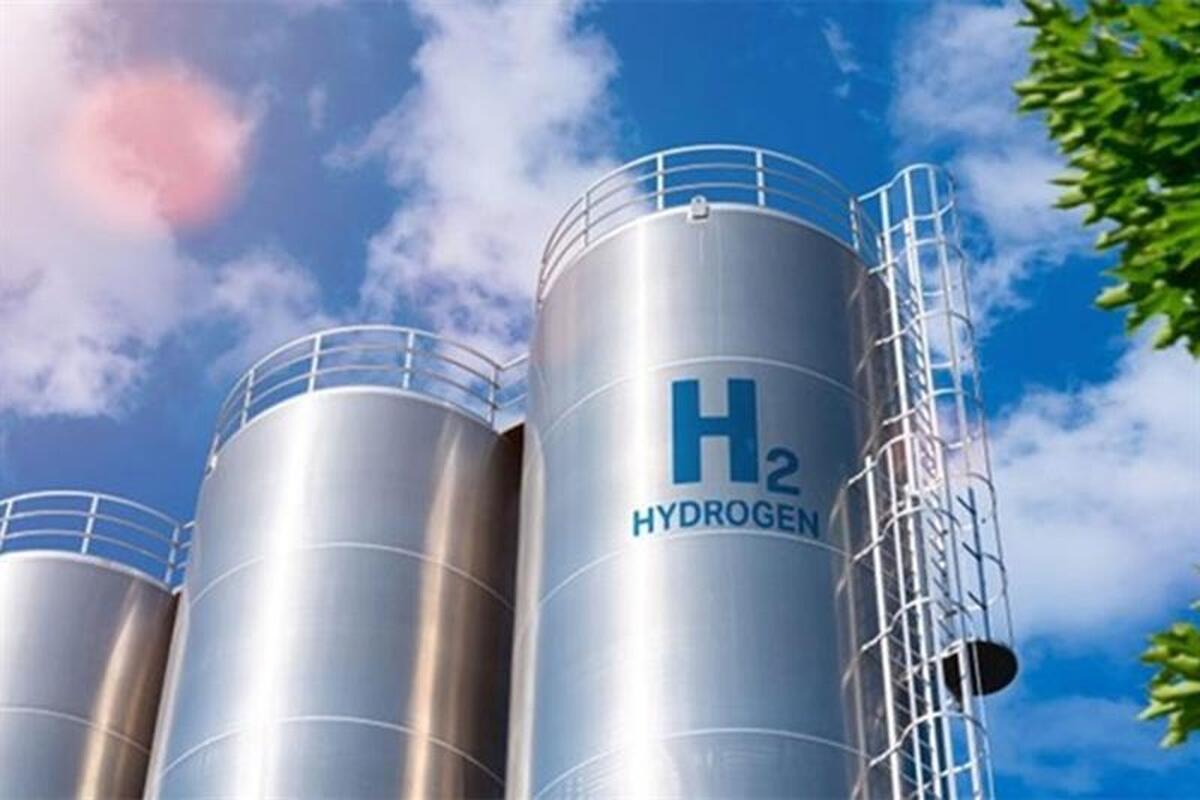Egypt's Ambitious Low-Carbon Hydrogen Strategy for Green Economy Transformation
Key Ideas
- Egypt unveils a national low-carbon hydrogen strategy aligned with 'Egypt Vision 2030' to diversify energy sources and reduce carbon emissions.
- The plan, developed with partners including the European Bank for Reconstruction and Development, aims to boost domestic hydrogen production before expanding exports.
- The strategy targets an increase in GDP by nearly 18 billion USD and the creation of 100,000 jobs by 2040 while enhancing energy security.
- Egypt aims to become a global green hydrogen hub, with plans to export green fuel to Europe through the Suez Canal Economic Zone.
Egypt recently revealed a comprehensive national low-carbon hydrogen strategy to propel its green economy and align with its climate change goals. Prime Minister Mostafa Madbouly emphasized that this strategy is a key component of the government's 'Egypt Vision 2030' and aims to diversify energy sources, reduce carbon emissions, and attract foreign investment. Developed in collaboration with partners such as the European Bank for Reconstruction and Development, the plan focuses on increasing hydrogen production and consumption within Egypt before looking towards international markets. By 2040, the strategy anticipates boosting the country's GDP by almost 18 billion US dollars and generating 100,000 new job opportunities, all while bolstering energy security. Egypt's ambition extends to establishing itself as a leading global green hydrogen hub, with initiatives already in place, such as a 397 million Euros contract secured by the Suez Canal Economic Zone to deliver green fuel to Europe. This strategic approach not only supports Egypt's economic growth but also positions the country as a key player in the transition to a more sustainable and environmentally friendly energy landscape.
